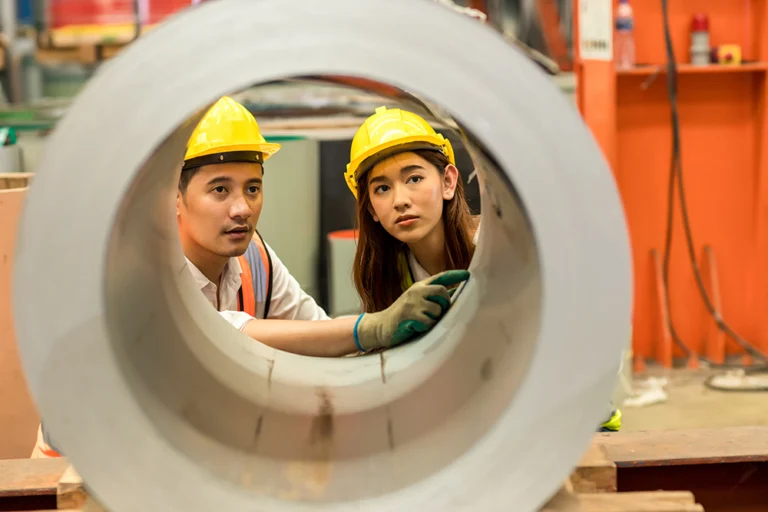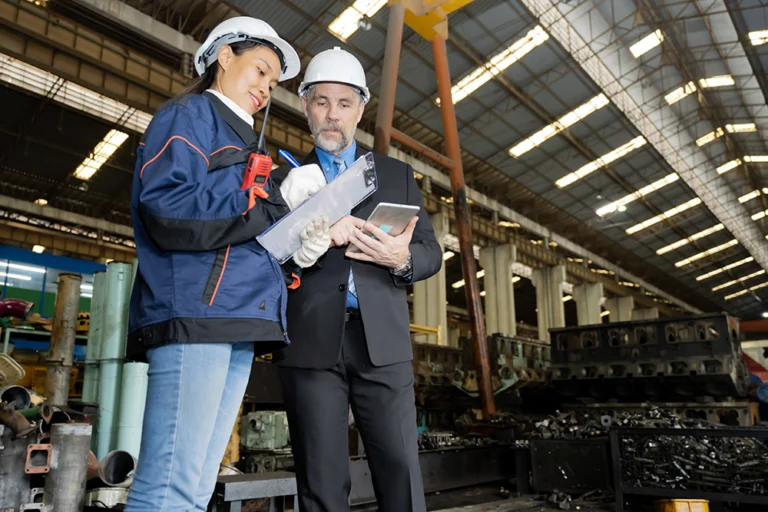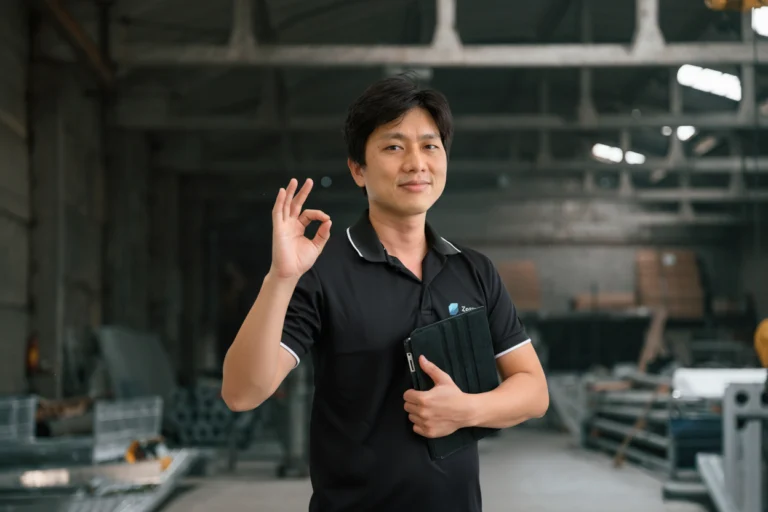Think about the last time you trained a new QC worker. You probably did not sit them down with 10,000 labeled images of scratches and bubbles. Instead, you gave them a handful of real parts, pointed out a few examples, and explained the rules.
“This scratch here is fine because it is under 1.1 mm. But this one is too long. These bubbles are okay below a certain size, but not above it.” After a few sessions, the trainee can walk away and inspect confidently. Tomorrow, if the product design changes slightly — a new texture, a different finish — they can adapt and still make the right judgment.
Now compare that to how conventional AI inspection systems are trained. They need thousands of fully labeled images for every product variation. If tomorrow’s product looks a little different, the whole process starts again from scratch.
Humans Learn Principles, Machines Memorize Examples
What makes human training so efficient is that people grasp principles. They can extrapolate from a few cases and apply judgment in new situations. Machines, on the other hand, memorize examples. Unless you feed them exhaustive datasets, they cannot generalize.
This disconnect creates a hidden cost in inspection automation. Teams spend enormous time collecting and labeling defect images while their most valuable knowledge — the judgment and experience of seasoned inspectors — remains locked in their heads, undocumented.
The Knowledge Preservation Gap
That leads to a bigger issue: what happens when those veteran inspectors retire? Many plants admit they do not have a centralized defect catalog or formalized QC knowledge. This tribal knowledge is fragile. Without capturing it, inspection systems struggle to reflect reality, and new workers or AI models are left guessing.
A machine may be able to detect a scratch, but without human-defined rules about what counts as acceptable, the system cannot align with production needs.
Why Preservation Matters More Than Ever
Preserving this human expertise is not just about nostalgia. It is about continuity, consistency, and scalability. A shared understanding of what constitutes a defect prevents disputes, keeps inspection results stable across shifts, and provides the foundation for smarter AI systems.
At Zetamotion, this is exactly why the Spectron platform captures input from operators as part of its process. Rare cases, subtle rules, and edge conditions can all be fed back into the system, ensuring they are not lost but preserved for the future.
Closing Thought
The truth is, humans and machines do not learn the same way. Expecting an AI vision system to match a QC worker’s adaptability without proper knowledge preservation is setting it up for failure. The future of inspection lies in bridging this gap — combining the adaptability of human reasoning with the scalability of synthetic data and AI.
If you want to explore how synthetic data can capture and scale this knowledge, see our guide on Synthetic Data for Quality Inspection.




